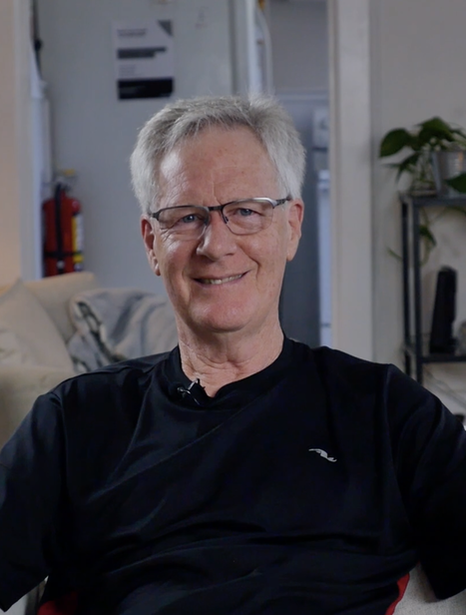|
10/27/2020 1 Comment The Art of Connection - Being RealClaudia OngoIn Part 1, being reflective in our communication for connection is about saying what we see or hear the other person doing. A step further to this is asking, rather than telling the other person what they might be feeling or needing. For example, I can see you are pacing, are you excited?
Part 2 of The Art of Connection, the next ‘R’ in the area of communication, is being Real. Being real with the sincere desire to connect heart to heart requires a courage to share what your own feelings and needs are. Often the idea of being real is interpreted as letting the other party know what you really think about them, or how you perceive their action without apology or restraint. Ah! Such an approach often shuts the door to each other’s heart and the outcome is ultimately conflict or disconnection. So much for this definition of being real!! So then, how can we be Real without a pretense and keep a true heart to heart connection? The courage to own one’s feelings and needs requires a process of self-reflection and then the boldness to share them. Boldness for connection does not mean blaming these feelings or needs on the other person’s actions or behaviour. It requires a determination not to blame, label, excuse, demand or fix the other person we are speaking to. For example, this statement “I am angry because you are always late” puts responsibility for feelings onto another person. In this scenario, being angry is dependent on another person’s actions, and deems us as powerless to change the situation. We are the victim. Moreover, our fixed conclusion that the person is “always late” serves to evaluate them as an enemy. So then how do we communicate this contention without deeming the other person an enemy, and ruler of our feelings and needs? Ah, yes. It is quite a challenge when we have learned a language that seeks to evaluate and conclude. To say, “I am angry because my need for trust isn’t being met” helps us to articulate and own our own state of being. Communicating the real need is powerful for communication because it empowers us to know ourselves and to share it truthfully. There is no pretense or insincerity posed in this. The other person hears your need without the attack on their actions or being. It is not easy to be sure, especially with trained mindsets to evaluate and assert our opinions. Courageous communication requires restraint and self-reflection. Self-reflection takes a pause and begins to zoom in on our real need behind the feelings. Marshall Rosenberg’s study in this type of communication points out that when our feelings are negative, there is a need behind it that is unmet. Instead of proactively fulfilling this need in our communication, we often use our negative feelings such as anger to push away and deflect others from knowing our need. Many times, we are unaware of our needs, let alone how to articulate them with clarity. To pause and practice the discipline of self- reflection is a step towards being real. Another word for this is “self-control.” Using “self-control” proves to fare much better than being under the power of “others-control.” Being Real is indeed the art of becoming aware and truthful about our own needs, and sharing them for genuine connection with another. Next R is Response. How do we respond to others’ needs? That is, sharing our needs, while being both reflective and being real? Stay tuned for Part 3.
1 Comment
12/25/2022 06:01:30 am
Enjoyed reading the article above, really explains everything in detail, the article is very interesting and effective. Thank you and good luck… This site is very helpful for me. I love that site and it is also an informative site
Reply
Leave a Reply. |
Blog Authors Christine oldingClaudia OngoBruno IerulloRichard PaulRob ReidJustin madoniaSteve OngoArchives
August 2023
Categories |







 RSS Feed
RSS Feed